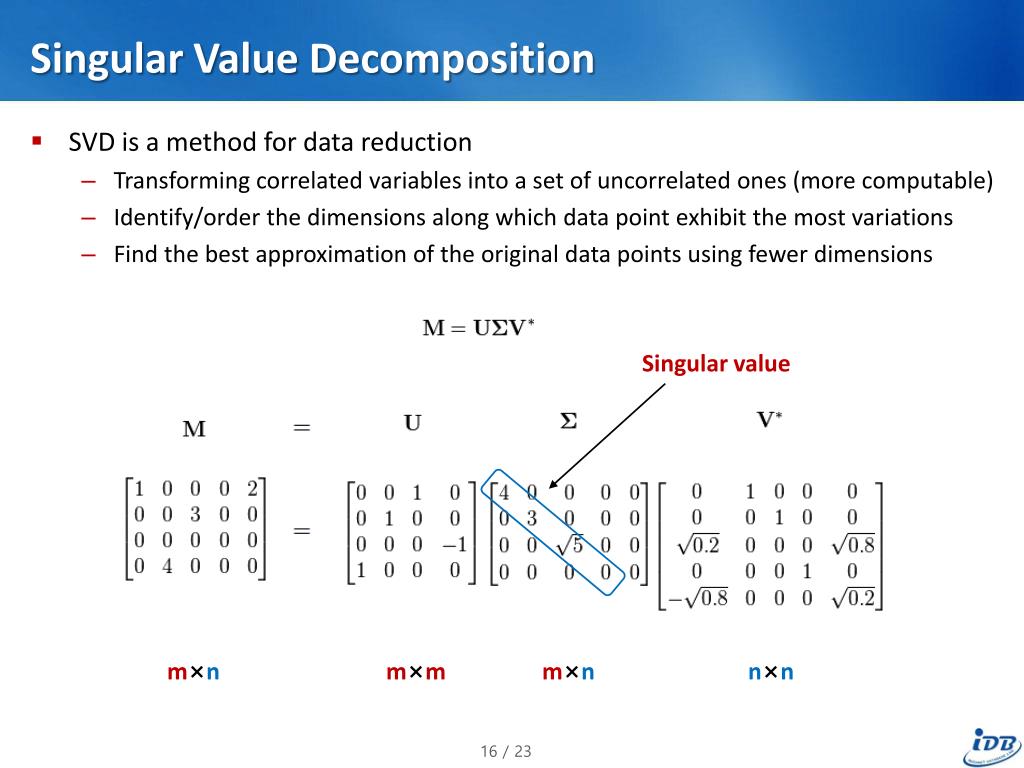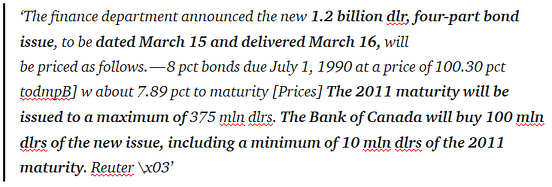

These directions happen to be mutually orthogonal. Especially when n = m, and all the singular values are distinct and non-zero, the SVD of the linear map T can be easily analyzed as a succession of three consecutive moves: consider the ellipsoid T( S) and specifically its axes then consider the directions in R n sent by T onto these axes. Non-zero singular values are simply the lengths of the semi-axes of this ellipsoid. The linear map T maps this sphere onto an ellipsoid in R m. To get a more visual flavor of singular values and SVD factorization – at least when working on real vector spaces – consider the sphere S of radius one in R n. With respect to these bases, the map T is therefore represented by a diagonal matrix with non-negative real diagonal entries. The geometric content of the SVD theorem can thus be summarized as follows: for every linear map T : K n → K m one can find orthonormal bases of K n and K m such that T maps the i-th basis vector of K n to a non-negative multiple of the i-th basis vector of K m, and sends the left-over basis vectors to zero. It generalizes the eigendecomposition of a square normal matrix with an orthonormal eigenbasis to any m × n, and T( V i) = 0 for i > min( m, n). In linear algebra, the singular value decomposition ( SVD) is a factorization of a real or complex matrix. Right: The action of U, another rotation.

Bottom: The action of Σ, a scaling by the singular values σ 1 horizontally and σ 2 vertically.Left: The action of V ⁎, a rotation, on D, e 1, and e 2.Top: The action of M, indicated by its effect on the unit disc D and the two canonical unit vectors e 1 and e 2.


 0 kommentar(er)
0 kommentar(er)
